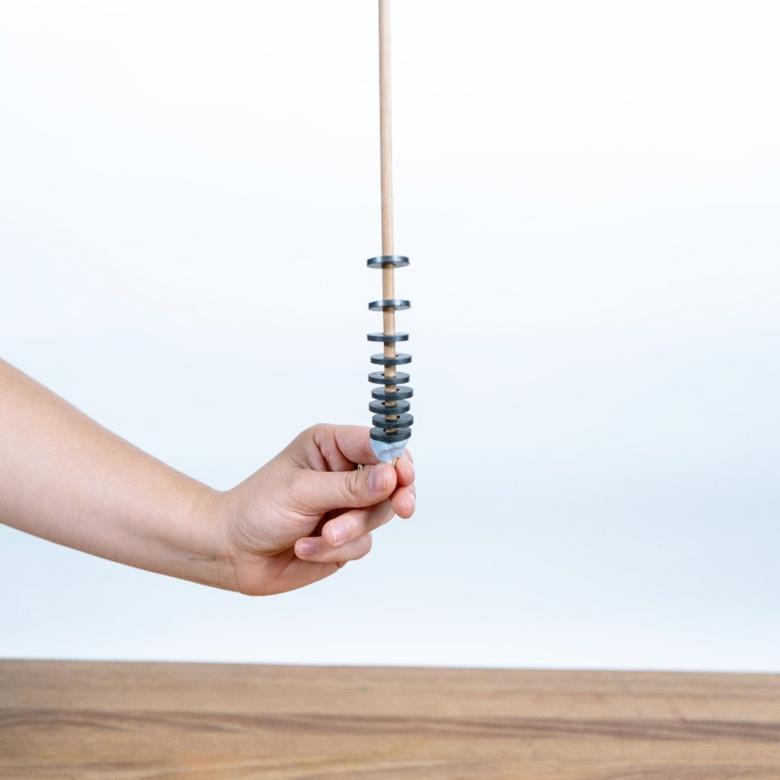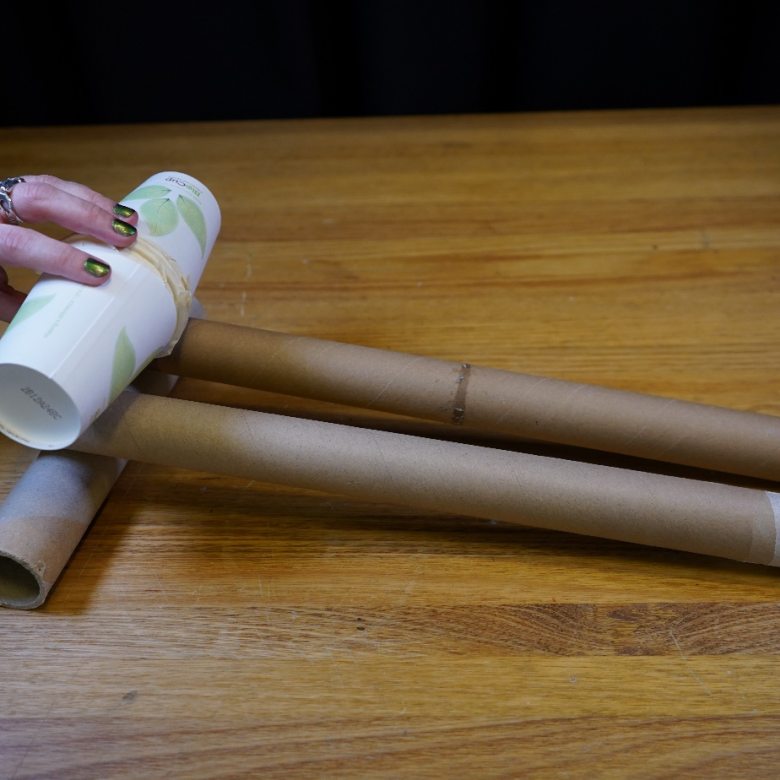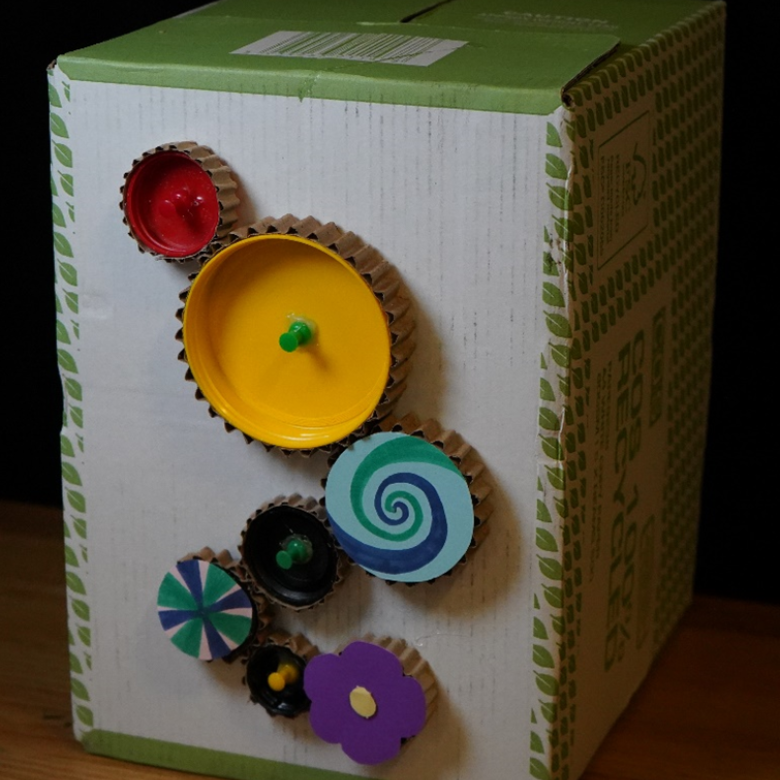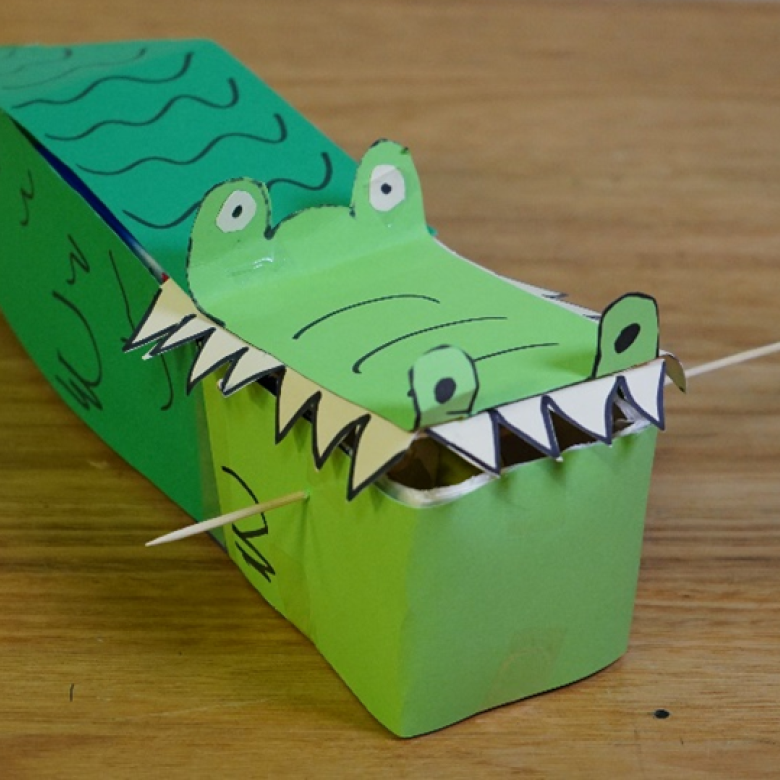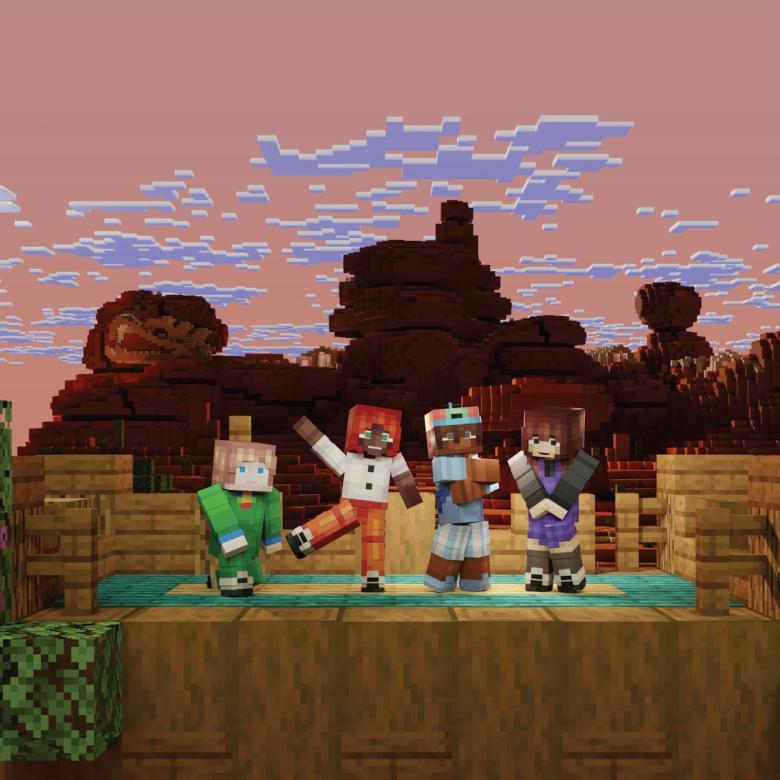Whales come up to the surface and appear to spray water out from their blowholes. But this water is really a mixture of biological material, including DNA, hormones and bacteria from their lungs. Yep, you guessed it - whale snot.
Scientists can learn information about whale health from their snot. But … how on earth do you collect whale snot!?
Vanessa collaborated with Heliguy Scientific drone technician Alistair Smith to custom-make a drone that is fast, light and waterproof. Most importantly, the drone has a petri dish attached to it.
To collect whale snot, Vanessa and Alistair look for pods of whales. Once Vanessa spots a pod of whales from the boat, Alistair flies the drone to the whales and waits for them to surface. Then, on Vanessa’s cue, Alistair remotely opens the petri dish at the right time to collect the whale snot sample. Then the petri dish is remotely shut and the drone flies back to the boat, where it is loaded up with another petri dish, ready for another collection.
Why it's important
Before Vanessa and Alistair developed their drone method, scientists needed to get very close to the whales in a small boat. Then, they’d hold out a long pole with a petri dish attached. This method was quite dangerous for both the researchers and the whales. The new method Vanessa and Alistair have invented is simple, effective and – importantly – much safer for both the whales and the researchers.
Using her new method, Vanessa collected 59 samples from migrating humpback whales off the coast of Sydney. She identified some bacteria that are specific to whale snot. Scientists can use this information to monitor changes in the health of humpback whales, which will help us to protect these whales in Australia and worldwide.
Discover more stories about Enterprising Australians.
[Vanessa and Bec are sitting in front of a large window in front of the ocean, with a drone on the table in front of them. The drone has a petri dish attached to the top of it.]
Bec: Hi I'm Bec and I'm with Dr Vanessa Pirotta, who's going to be telling me all about whale snot.
Vanessa, you've spent a lot of time studying whale snot. Why?!
Vanessa: Well whale snot is a really interesting way to learn more about whale health
It's that visible plume that you may have seen as a whale comes to the surface to take a breath
[Footage of a whale ‘spouting’ – expelling moist air through its blowhole as it surfaces]
And it's not just water! Rather, it's got DNA, bacteria and hormones which we can collect to provide a check up of a whale's health.
[Back to Vanessa and Bec talking]
Bec: And why do we need to check up on a whale's health?
Vanessa: Well unlike your cat or dog you can't take a whale to the vet. So we need to come up with ways to try and check up their health on the ocean.
[Footage of the drone sitting on a platform on the open ocean, then starting up and flying across the water]
And one of the ways we can do that is by using a drone!
So we simply launch the drone from the back of a boat, it flies over to a whale, collects their snot and comes back with a sample.
[The petri dish on the drone flips open, and the whole drone flies through a mist of whale snot, then the petri dish flips shut.]
Why did you use drones in the first place?
[Footage of whale swimming off a coast, surfacing to spout]
Bec: In the past scientists would rely on whales that had either stranded, in which case their health was compromised, or those that were deliberately killed which is unethical.
Vanessa: And current methods involves using a pole, where scientists need to be in a boat and be very close to a whale, which can be quite dangerous for a whale, and the researchers. So flying a drone is a much safer option for both the whale and the scientists.
[Close up the drone, now sitting back on the table with Vanessa and Bec]
Bec: This isn't a drone that you picked up from the shelf, what did you do it to make it how it is now?
In science it's always really good to collaborate with industry and I've worked with a fantastic drone pilot and engineer Alistair Smith
[Several close up shots of parts of the drone, including a camera, the Petri dish, and the foam added to the underneath of the drone]
Vanessa: Who helped me create this wonderful design, which is not only waterproof and floats, but also whale snot proof!
[Vanessa is point at the drone as she speaks, pointing at the petri dish attached to the top]
This bit here is the most important part of the drone. This is what collects the whale snot.
And our drone is very unique, in fact I've never seen this on any other drone before
What this does is we place a petri dish which is this little plastic thing here. This is the device that collects the sample, and that we take back into the laboratory once we've got the whale snot.
[Close up of Vanessa’s hand point at the petri dish, and the small servo motor attached to it].
The idea is that this little servo here opens and closes the petri dish
[Vanessa demonstrates opening and closing the dish]
and the reason we want that is because we want to collect our sample and minimise sample contamination.
[Footage of the drone flying above the ocean]
As the drone flies through the air, there's bacteria everywhere
[The petri dish opens, the drone flies through a mist of whale snot, then the petri dish closes again].
so we want to make sure that we're collecting just whale snot.
Why is it important to study the humpback whale?
[Underwater footage of two humpback whales swimming]
The humpback whale makes for a wonderful model species to learn more about whale health because there's lots of numbers. We can then use these animals to collect information from. And by collecting their lung microbiota, or whale snot, via the use of a drone
[Aerial footage of whales spouting]
Bec: We can provide an early warning tool of their health, or any changes of their health in the future.
Vanessa: What's next for this technology?
Now that we've proven that this method works, the next step for this technology is to apply this to learning more about whale populations that aren't doing very well.
Vanessa, have you got any advice for somebody else who is looking to research or collaborate with somebody outside of their field?
[Back to Vanessa and Bec speaking]
Bec: I would strongly suggest that others in science, even technology approaches the other side and collaborate. This drone is a wonderful collaboration of where science meets technology, and together, we're working towards whale conservation.
Vanessa: If you are in the field or you know of anyone who may have a skill set that you might not have, ask a question! Simply approach them and see what they have to offer.
Bec: And I'm sure by blending your experience and also their experience you might create something amazing just like this.
[Enterprising Australians Logo]
[Vanessa and Bec are sitting in front of a large window in front of the ocean, with a drone on the table in front of them. The drone has a petri dish attached to the top of it.]
Bec: Hi I'm Bec and I'm with Dr Vanessa Pirotta, who's going to be telling me all about whale snot.
Vanessa, you've spent a lot of time studying whale snot. Why?!
Vanessa: Well whale snot is a really interesting way to learn more about whale health
It's that visible plume that you may have seen as a whale comes to the surface to take a breath
[Footage of a whale ‘spouting’ – expelling moist air through its blowhole as it surfaces]
And it's not just water! Rather, it's got DNA, bacteria and hormones which we can collect to provide a check up of a whale's health.
[Back to Vanessa and Bec talking]
Bec: And why do we need to check up on a whale's health?
Vanessa: Well unlike your cat or dog you can't take a whale to the vet. So we need to come up with ways to try and check up their health on the ocean.
[Footage of the drone sitting on a platform on the open ocean, then starting up and flying across the water]
And one of the ways we can do that is by using a drone!
So we simply launch the drone from the back of a boat, it flies over to a whale, collects their snot and comes back with a sample.
[The petri dish on the drone flips open, and the whole drone flies through a mist of whale snot, then the petri dish flips shut.]
Why did you use drones in the first place?
[Footage of whale swimming off a coast, surfacing to spout]
Bec: In the past scientists would rely on whales that had either stranded, in which case their health was compromised, or those that were deliberately killed which is unethical.
Vanessa: And current methods involves using a pole, where scientists need to be in a boat and be very close to a whale, which can be quite dangerous for a whale, and the researchers. So flying a drone is a much safer option for both the whale and the scientists.
[Close up the drone, now sitting back on the table with Vanessa and Bec]
Bec: This isn't a drone that you picked up from the shelf, what did you do it to make it how it is now?
In science it's always really good to collaborate with industry and I've worked with a fantastic drone pilot and engineer Alistair Smith
[Several close up shots of parts of the drone, including a camera, the Petri dish, and the foam added to the underneath of the drone]
Vanessa: Who helped me create this wonderful design, which is not only waterproof and floats, but also whale snot proof!
[Vanessa is point at the drone as she speaks, pointing at the petri dish attached to the top]
This bit here is the most important part of the drone. This is what collects the whale snot.
And our drone is very unique, in fact I've never seen this on any other drone before
What this does is we place a petri dish which is this little plastic thing here. This is the device that collects the sample, and that we take back into the laboratory once we've got the whale snot.
[Close up of Vanessa’s hand point at the petri dish, and the small servo motor attached to it].
The idea is that this little servo here opens and closes the petri dish
[Vanessa demonstrates opening and closing the dish]
and the reason we want that is because we want to collect our sample and minimise sample contamination.
[Footage of the drone flying above the ocean]
As the drone flies through the air, there's bacteria everywhere
[The petri dish opens, the drone flies through a mist of whale snot, then the petri dish closes again].
so we want to make sure that we're collecting just whale snot.
Why is it important to study the humpback whale?
[Underwater footage of two humpback whales swimming]
The humpback whale makes for a wonderful model species to learn more about whale health because there's lots of numbers. We can then use these animals to collect information from. And by collecting their lung microbiota, or whale snot, via the use of a drone
[Aerial footage of whales spouting]
Bec: We can provide an early warning tool of their health, or any changes of their health in the future.
Vanessa: What's next for this technology?
Now that we've proven that this method works, the next step for this technology is to apply this to learning more about whale populations that aren't doing very well.
Vanessa, have you got any advice for somebody else who is looking to research or collaborate with somebody outside of their field?
[Back to Vanessa and Bec speaking]
Bec: I would strongly suggest that others in science, even technology approaches the other side and collaborate. This drone is a wonderful collaboration of where science meets technology, and together, we're working towards whale conservation.
Vanessa: If you are in the field or you know of anyone who may have a skill set that you might not have, ask a question! Simply approach them and see what they have to offer.
Bec: And I'm sure by blending your experience and also their experience you might create something amazing just like this.
[Enterprising Australians Logo]



